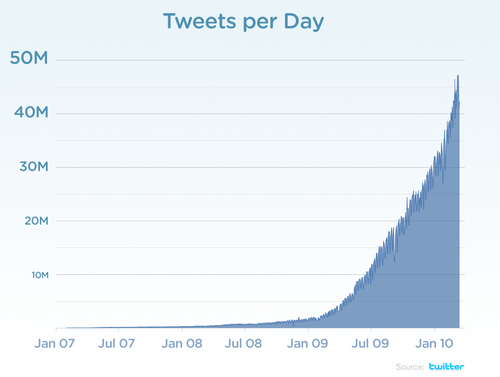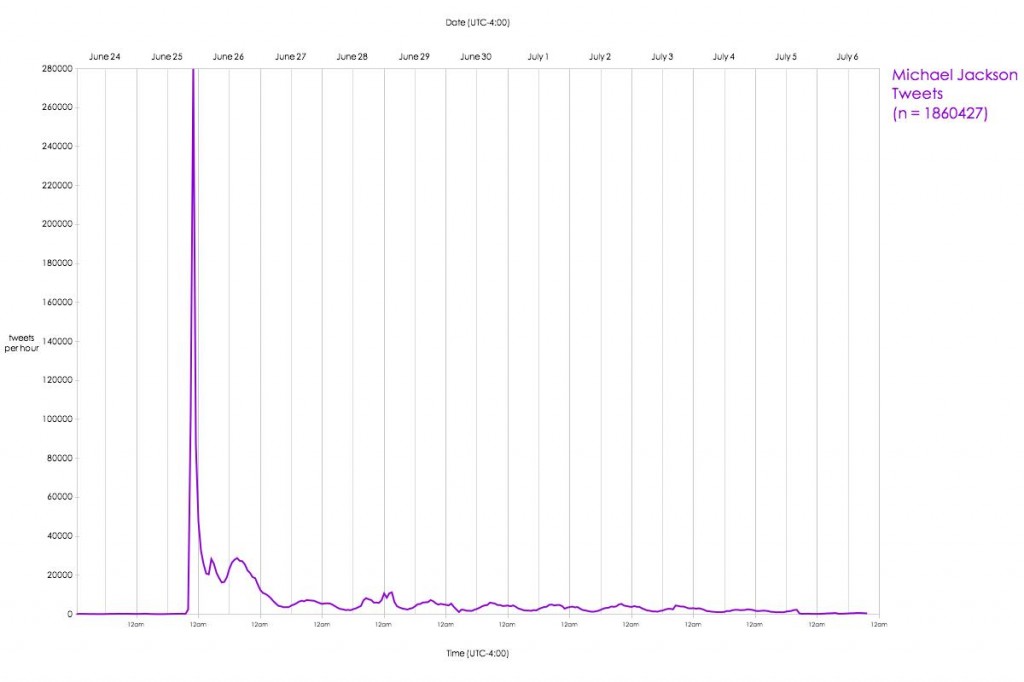This morning the New York Times quotes a ‘senior administration official’ who says that the US is set to relax sanctions against Iran, Syria and Cuba to allow US companies such as Google, Microsoft and Yahoo to allow downloads of personal Web-based services in those countries. Around the water cooler this morning, my colleague Jill York correctly pointed out that the article appears to conflate too many things together when it describes ‘Internet services’ that are currently banned, and that might be allowed as part of the planned waiver. My understanding is that any service that is based ‘in the cloud’ (gmail, twitter, etc.) is currently allowed to be used in Iran, Syria and Cuba because they do not require users to download software to use those services. It seems that Treasury’s Office of Foreign Assets Control (OFAC) is considering a blanket waiver that will permit US companies to allow users in those sanctioned countries to also use services (such as MSN chat) that require a download. It’s not clear if the type of software downloads will be limited to ‘communications’ services, or if broader downloads of services such as Google Earth or Adobe Photoshop will be allowed. It strikes me that the broader the type of downloads allowed the better, since the more services available not only allow for greater creativity in how users mash-up blogs, video, photos, email, etc., but that also makes it harder for states to block one type of service if many are available and being used together. However, given that circumvention tools will not be included in this waiver, it appears that the language may be fairly restrictive. Regardless of how the technicalities shake out, this seems like a positive step forward and I’m hopeful even smaller companies like Blue Host, that have been denying use of their Web hosting service in any country with even fairly limited US sanctions, will again make their services more widely available.
UPDATE: Here’s the official Treasury announcement and the updated rule–looks like Syria loses out on this one. From Deputy Treasury Secretary Wolin:
The new general licenses authorize exports from the United States or by U.S. persons to persons in Iran and Sudan of services and software related to the exchange of personal communications over the Internet, including web browsing, blogging, email, instant messaging, and chat; social networking; and photo and movie sharing. Today’s amendments also provide that specific licenses may be issued on a case-by-case basis for the exportation of services and software used to share information over the Internet that not covered by the general licenses.





 Click Here
Click Here